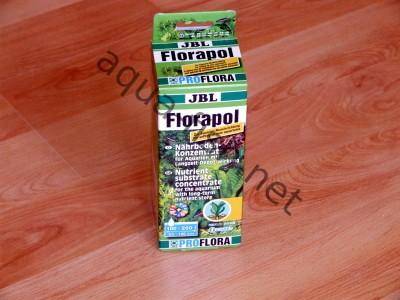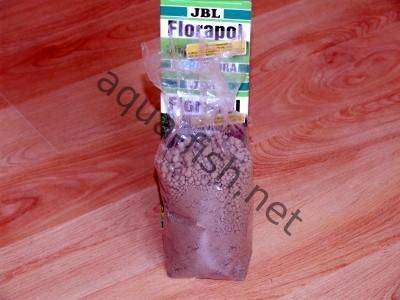Fish and Setup of Tropical Freshwater Community Aquarium
The goal of most aquariums is to capture the look of natural environs characteristic for specific parts of the world. Fish and plants in such aquariums are usually the kind that would live in these environs in nature. But the goal of community aquarium is different – it is to create a collection of plants and fish, which get on well together, but they don’t need to be from the same place. Such a tank is attractive because you can mix species from all around the World in it. That is why aquarists do not look further than a really good community aquarium. Before you launch into a community aquarium think carefully about what you want to reach and provide for adequate preparation.
The first goal of a community aquarium should be creating stable, healthy and comfortable environs for many species of fish. Arrange the aquarium in an attractive way, so it will give an impressive and original look. The tradition is to situate fish and plants from various environs into the community aquarium, which will probably settle into various parts of the aquarium. While they live in harmony, many kinds of fish can be chosen because they give the aquarium unique colour. You can select fish which live on the bottom, surface, or between, or fish which are dynamic or calm, little or big. Remember, that many species are mostly active at night and during the day they will be sleepy. Thanks to the accessibility to efficient airlifting and better conditions of the market with regard to fish, an aquarist can buy more exotic species. Fish in most community aquariums come from Singapore, Thailand, and Tchajwan. The Israeli producers are getting important too. Most of these producers supply fish, which are able to adapt to a normal aquarium. That is why tetras, angelfish and other tropical fish, raised in tanks, can feel better in water from the water pipes than in the waters of the Amazon. The advantage for an aquarist is that these kind of fish are adaptive, so they can live in any water accept too hard, or too soft, water. That makes them ideal for beginners. Fish often mix and interbreed, so their colour or chromatic is more varied. But individuals in their natural form give a more true picture of specific fish communities or environs.
For a community aquarium you can use a tank of any size. But the bigger the body of water is, the less it will be influenced by fish and other elements in it and its chemistry will be more stable. The best temperature of the water for most tropical fish is about 24°C. Its PH should be about 7 or 7.6. The ideal water hardness is when the water is medium hard between 100 to 200 mg CaCO3/l. For a community aquarium the best is medium light. Plants are for the natural circulation in the aquarium and so very important, but they do badly if a soil filter is in the tank. But if you plant plants into the aquarium in reasonable amounts, feel free to install a soil filter.
If you want to set up an aquarium, you will firstly need a tank. It is better to have bigger tank because you can have more species of fish and fish need space if you want to create a natural environ. In nature you don’t see many fish in one little place. In nature fish swim free. Even those which like crowds need space where they can in those crowds. Another thing you need is gravel or sand. Not only does an aquarium look better with a gravel or sand bottom and but also plants can’t live without a bottom. They have to be rooted somewhere. Fish excrement rots in the bottom and plants get nutrition from this rotting. Another reason why a bottom is needed is that this is the place where pieces of food sink and there they are eaten by fish, which live on the bottom.
Then you need some kind of a filter. It is important because it aerates, moves, and cleans the water. Fish need air even if they live under the water. And that is the same with the plants. Plants also need the movement of the water, so they get strong. I hope I don’t have to mention how a clean environ is important to all living beings. Another thing you need is light and heaher. In nature, tropical fish live in water where there is light so if you want to have healthy fish, you should give them what they are accustomed to. And of course plants can’t live without enough light. The heater is more important in cold rooms or if you have fish which like warmer water. Many fish need warmer water to reproduce. But if they always have warm water, they will grow, and die, faster.
There should be some caves and plants in an aquarium. Both of these things give shelter to fish and their hatch as well as giving a natural look to the tank. In most tropical aquariums there should be a nice piece of wood. Plecos love to suck it all day long. But the wood will give the water a brownish colour. It is nothing bad. In nature, most tropical biotopes don’t have clear water and the fish are happy. Some people put chemicals into the water because they want to have clear water, but chemicals harm to the fish and plants. If you really want to have an aquarium with clear water, do not put that wood into the tank, but also do not choose Plecos. Then you can put some rocks into the aquarium. Some kinds of fish (Corydoras for example) like "sunbathing" on it, or you can create natural caves from it for fish and newborns which live on the bottom of the tank. Some people put fertilizers into the aquarium so the plants grow faster. But too much fertilizer in the water can harm fish because it contains lead. So read the label carefully about how much of it you can add.
Florapol aquarium plants fertilizer from JBL

Here you can see how to place the fertilizer - under the gravel in order to make the most of the fertilization process

What kinds of fish and plant to choose? For a community tank the perfect fish are those which live in crowds. But you need many of them so they can feel good. One of my favourites is the Black tetra, Prionobrama filigera, Guppies and Corydoras. Bettas are good fish too. They are harmful, but only to other fish. To other Bettas they are aggressive but even if there is one male betta in the aquarium is, it looks good. Other fish you can choose are:
- Colisa lalia,
- Cardinal tetra,
- Glowlight tetra,
- Glass catfish,
- Poecilia sphenops,
- Xiphophorus species and others.
From plants I prefer those which spread without any help like Vallisneria species, Anubias species, Echinodus species and Cryptocoryne species.
Source: Peter W. Scott – Aquarium
